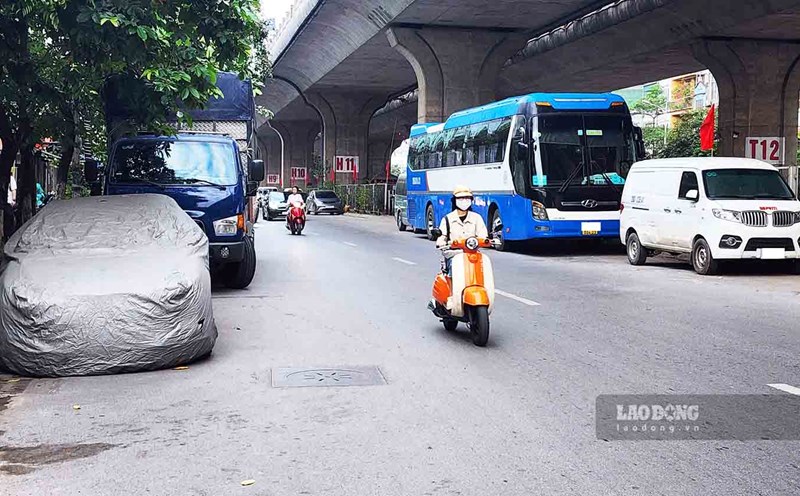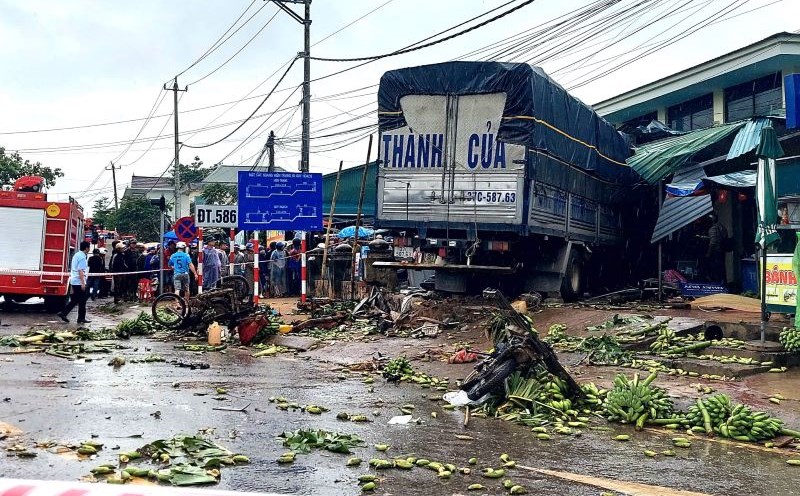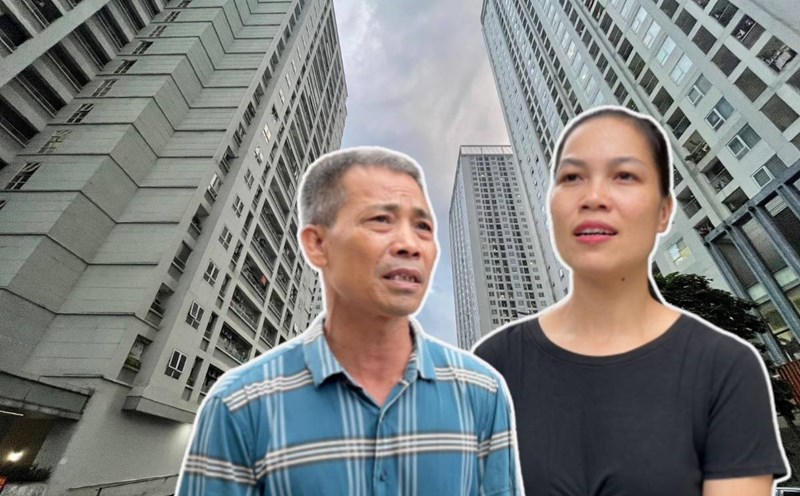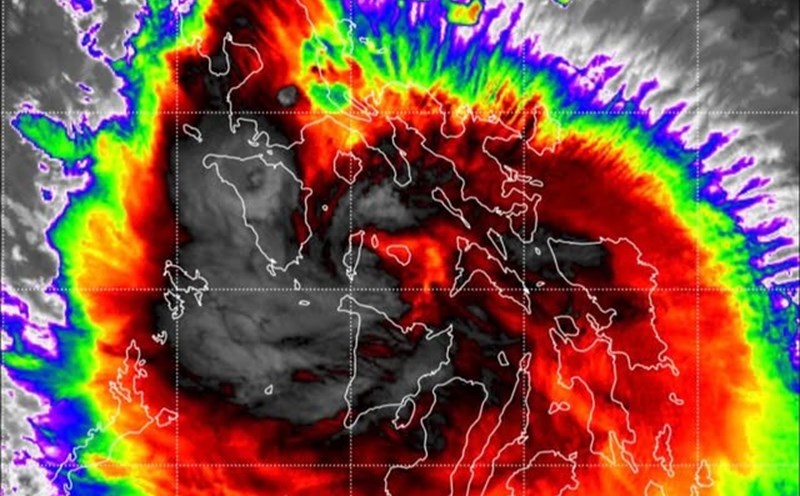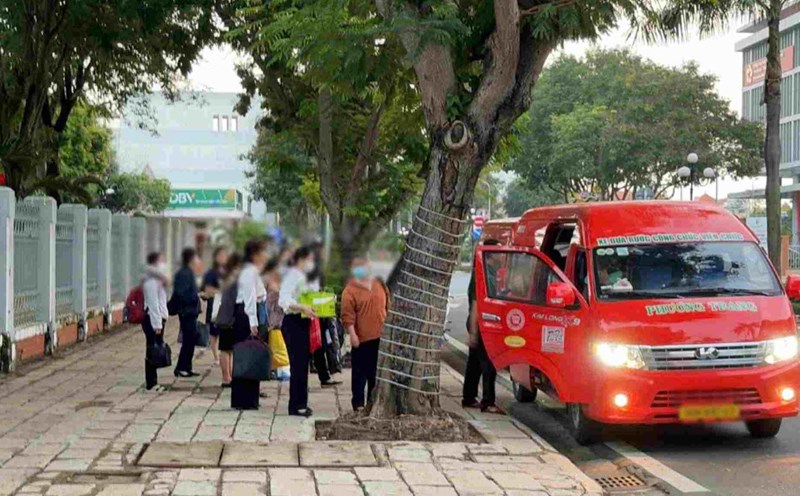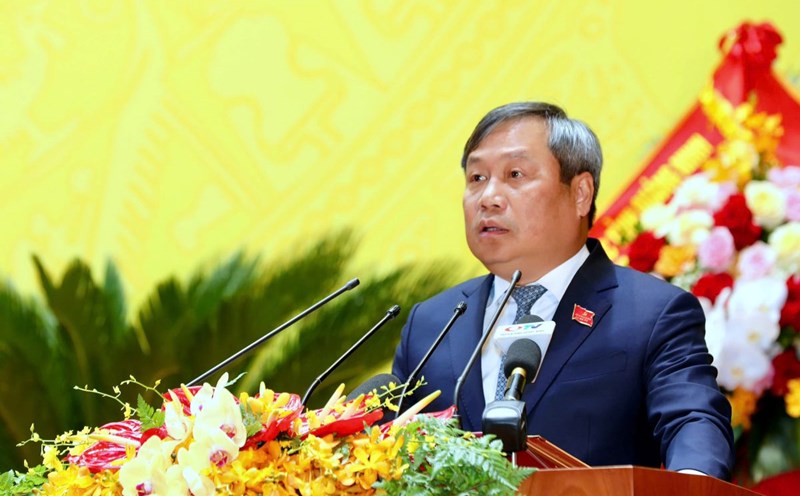When urbanization "threats" identity
Vietnam is entering a period of strong urbanization at an unprecedented speed. By the end of 2024, the urbanization rate had reached about 45%, with more than 925 urban areas nationwide. New metro lines, sidewalks, and urban areas are continuously opened, creating a vibrant development picture. However, behind that picture is a reality that makes many people worried: many new urban areas are increasingly similar, with a "consolidated" appearance, lacking local identity.
This worry is not unfounded. From Bac Ninh, Ha Nam, Hai Duong to the Central provinces, a series of urban areas have sprung up with similar designs, mainly focusing on functions while forgetting the cultural soul. If this trend continues, Vietnamese cities will face the risk of losing their difference, turning into insensitive concrete blocks in the globalization flow.
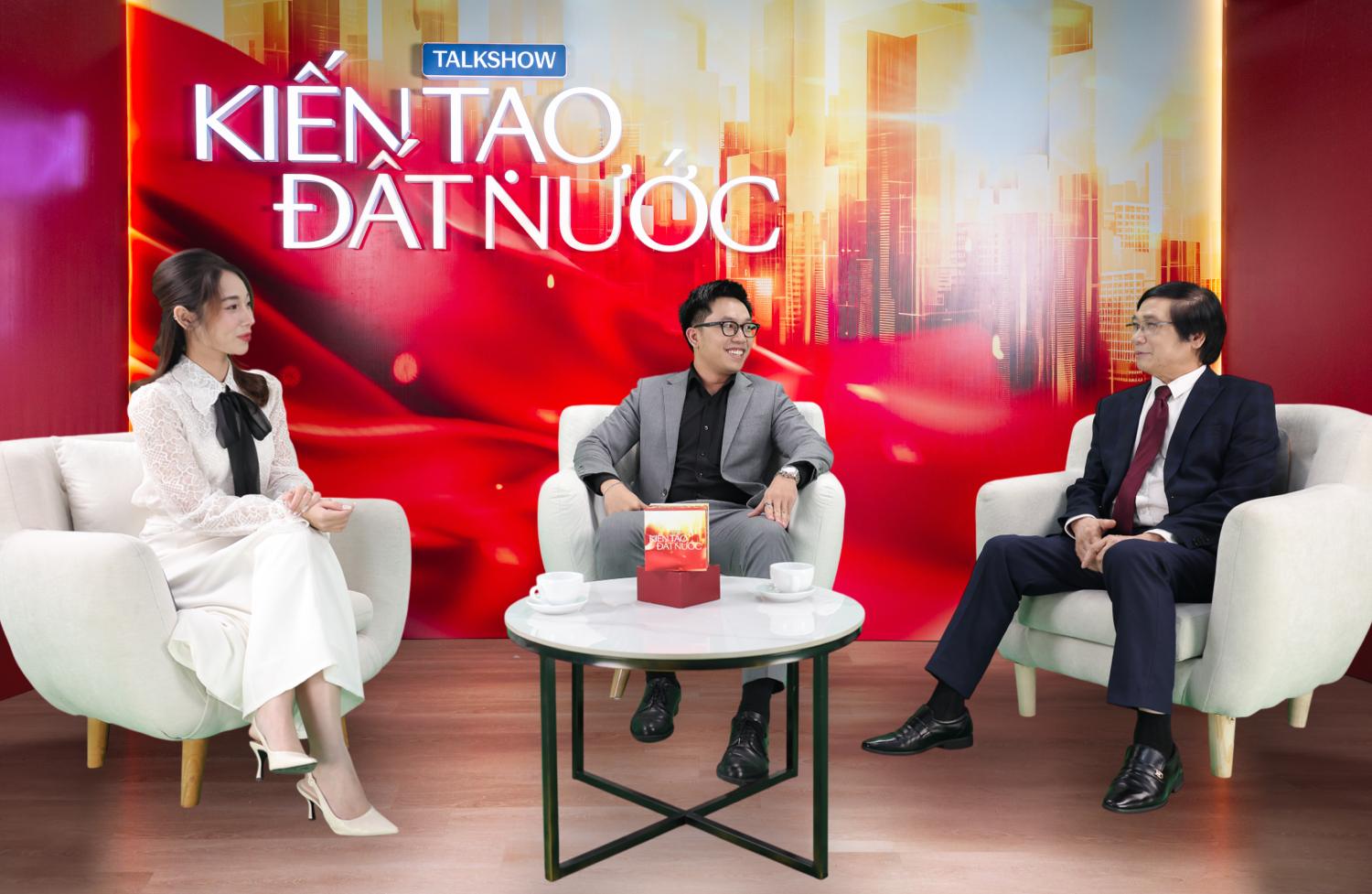
Dr. Tran Ngoc Chinh - Chairman of the Planning and Architecture Association, Former Deputy Minister of Construction and Mr. Nguyen Hoang Trieu - Deputy Director of Masterise Group Design at the Talkshow on Creating the State - Proud of Vietnam
From a planning perspective, Architect. Tran Ngoc Chinh - Chairman of the Planning and Architecture Association, Former Deputy Minister of Construction - has repeatedly emphasized that identity is the main factor that helps the urban area survive. Hue, Hanoi or Hoi An are vivid examples. Hue has the capital, Huong River, and Ngu Mountain blending into "urban poetry". Hanoi preserves memories in 36 streets, both ancient and constantly creative. Hoi An attracts the world with its ancient tiled roof and community life along the Thu Bon River. The common point of these urban areas is not simple beautiful architecture, but the connection between people, landscape and memories - that is what creates identity.
In the spirit of Resolution 06 of the Politburo, Vietnam aims to develop a sustainable urban system by 2045: modern but must maintain identity and harmony with the natural conditions of each region. This is an urgent requirement, because otherwise, urban areas of Vietnam will lose their unique courage and appeal, and then become "unknown" cities in the flat world.
Masterise Group: a strategy to create a harmonious urban area between modernity and identity
From a business perspective, Masterise Group believes that this challenge is an opportunity: an opportunity to create urban areas that both meet international standards and nurture the national soul. That requires a different philosophy of urban development not to copy old architectural symbols, but to create a new regional language, harmonious between modernity and tradition. This philosophy is concretized in all three aspects: international standard living space, synchronous and connected infrastructure, and solutions to preserve identity in the contemporary urban beat.

Mr. Nguyen Hoang Trieu, Deputy Director of Masterise Group Design, said that urban construction must truly harmonize three pillars: modern living space, international standards, commercial infrastructure - connection - synchronous security, resonate with the preservation of cultural identity.
Mr. Nguyen Hoang Trieu - Deputy Director of Design at Masterise Group - emphasized: "We do not aim to build the tallest or most modern building, but more importantly, how each project can tell its own story of the land where it is present. It can be a community activity, an everyday habit or a detail reminiscent of ethnic culture, to not only develop - but also enhance the appearance of Vietnamese urban areas.
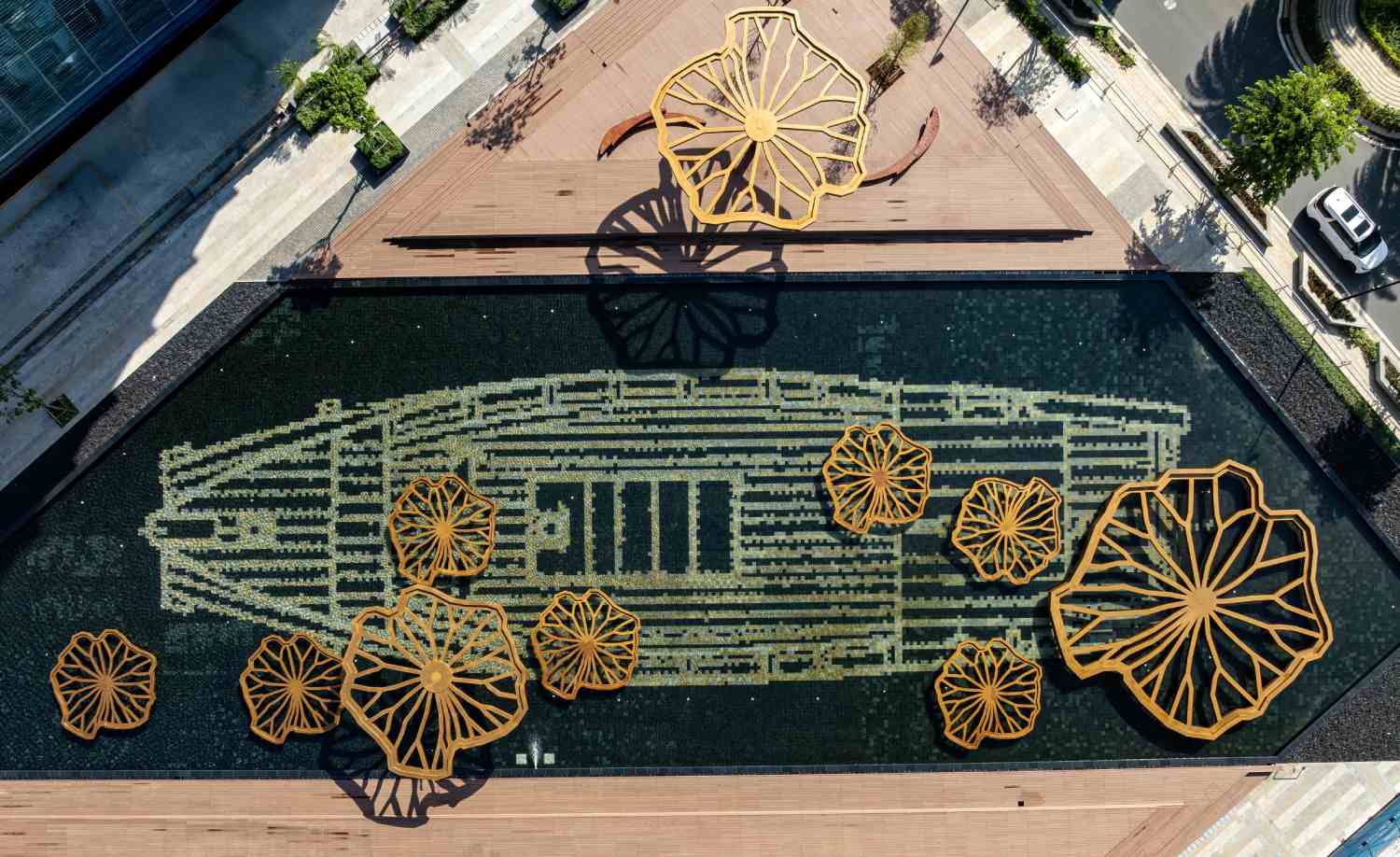
That philosophy is realized through the way Masterise Homes - the brand pillar of Masterise Group - develops large-scale urban projects. Instead of letting the living space turn into repeated concrete blocks, the design team organizes the urban area according to the rhythm of residents' lives. Each square, porch, tree row or green space is calculated to evoke emotions, to create memorable touches. People may forget the location of a shopping mall, but will remember the street corner where they once met, the trees that once shaded, or the experiences of family connection. It is these seemingly small details that make a lasting difference.
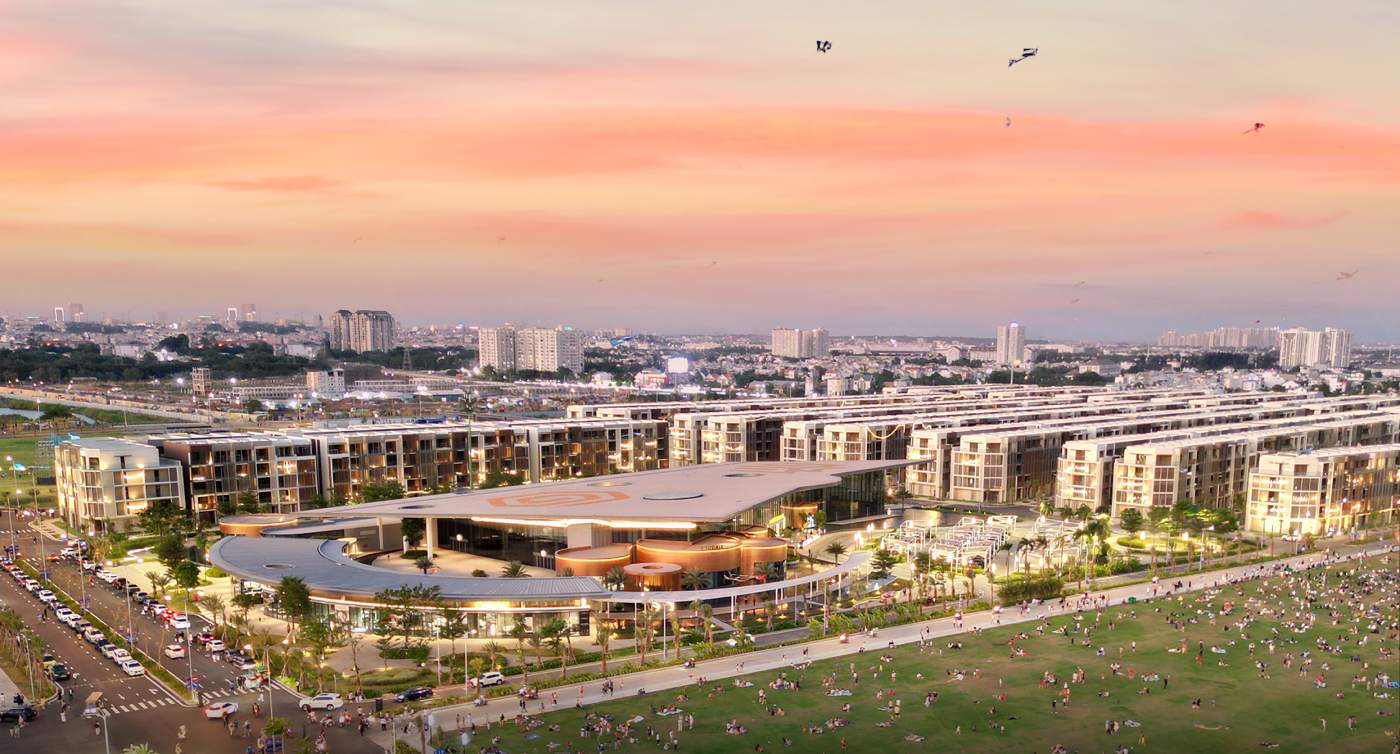
With a strategic vision, Masterise Homes believes that developing identity urban areas is not just an architectural story, but a community building. That identity is fostered by the safety of life, convenience in services, cohesion in the community, and even more, the pride in living in a space imbued with Vietnamese culture. That is when residents feel they belong to a certain place, not only because of material amenities, but because of spiritual harmony.

On the deeper floor, the urban identity according to Masterise Homes also comes from the residents themselves - those who preserve and nurture it through each habit and lifestyle. When residents respect planning, build a civilized community, and preserve traditions - from the Tet ao dai to multi-generational meals - that identity will naturally spread, becoming a sustainable flow of the city. This is also a intersection between the national planning perspective and the business development philosophy: urban identity is not an outward decoration, but a living value that is felt and maintained every day, along with a modern living space, along with a comprehensive commercial - social infrastructure - creating a long-term living foundation for residents.
It can be said that developing unique urban areas is not only a design orientation, but a long-term vision that requires the cooperation of businesses - in which Masterise Group plays a pioneering role: creating modern urban areas for integration, and rich in identity to be different. That is the way for Vietnamese urban areas to not only meet housing needs, but also become national pride, a sustainable national brand on the global map. And when the Vietnamese urban area nurtures that identity, the living space will not only be a place to live, but also a cultural symbol, a "Vietnamese brand" on the world map.

